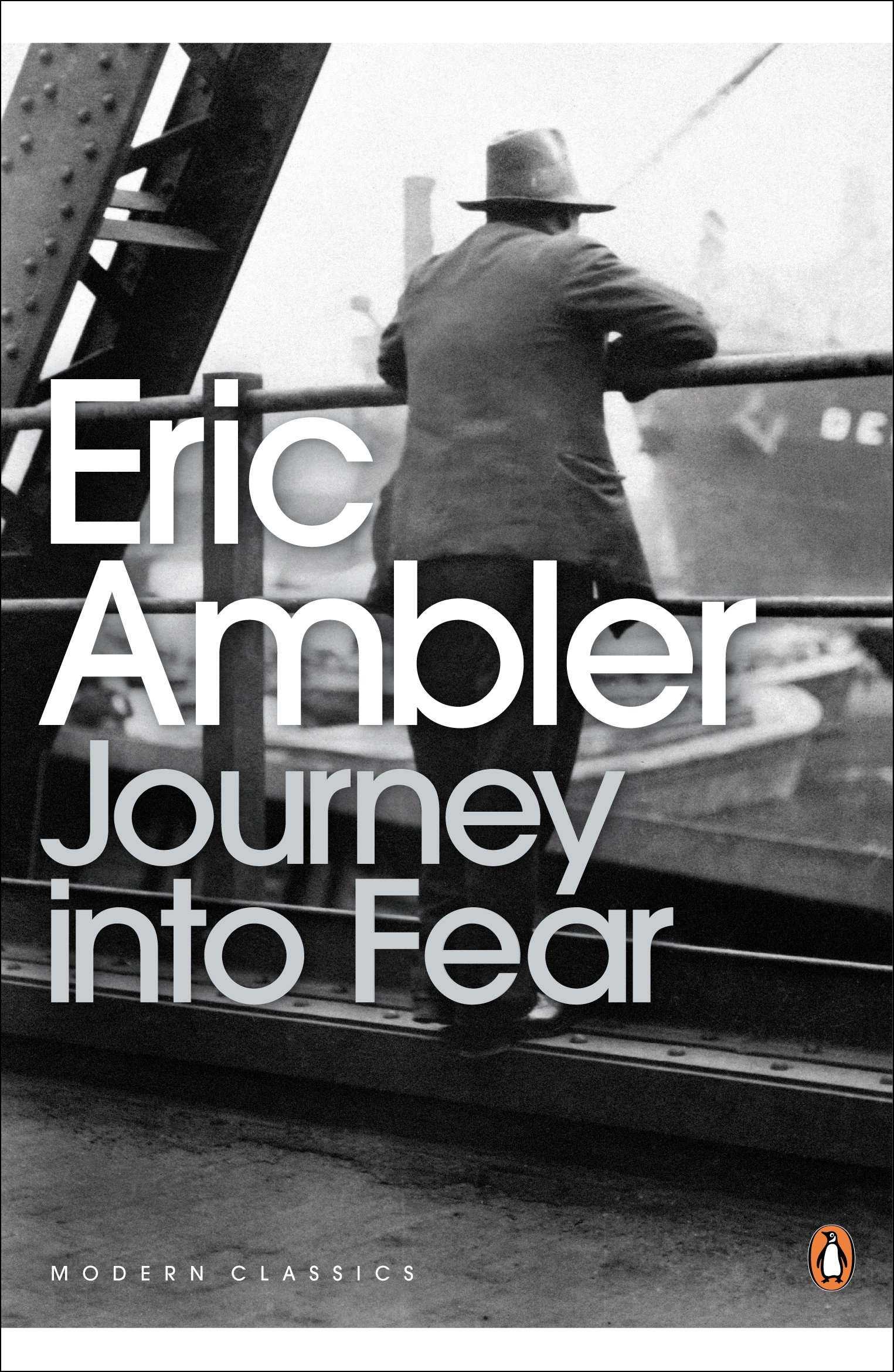 |
| Roses in Gold Vase, Ethel Susan Graham Bristowe, 1930s |
Well, here as promised are my books of the year but it's going to be a quick whizz through as the nice long post I wrote this afternoon has mysteriously vanished into thin air.
I was thinking that this was a 4* year for reading, rather than 5* but when I looked through my reading list there are lots of books that I've enjoyed. Rather to my surprise, I found that I've read a few more titles than last year - possibly because I haven't blogged so much?
So let's start with one that was actually published in 2016. I loved
Trio - by Sue Gee - and if it hasn't been selected for any of those newspaper book of the year lists, then it jolly well should have been.
But let's hurry on to Mrs Miniver's Rose Bowl Award for vintage fiction, as these are the books I really love reading. It's a tie between EH Young - a previous winner - for
Celia, one of the best novels that I've ever read about disappointment in marriage, and Diana Tutton for
Guard Your Daughters. I see that my first thought about Guard Your Daughters was, 'Why isn't this a Persephone book?' Well, it seems that they were already on the case and it's going to be republished as a Persephone title next autumn. A shout out to Persephone also for the book I most enjoyed re-reading for the umpteenth time: no matter how many times I return to it, Someone at a Distance remains my favourite Dorothy Whipple.
Perhaps not quite a contender for the rose bowl but I really enjoyed Hans Fallada's 1932 best-seller
Little Man, What Now?
Now on to the Big Fat Book award for the book that I couldn't put down. And that goes to
Conclave, by Robert Harris (also a previous winner for his gripping novel about the Dreyfus affair,
An Officer and a Spy). This got a very sniffy response when I suggested it to ladies in my book group; you'd think I'd mooted Dan Brown! Since when did we get so stuck-up about books that are a gripping read, especially when they're as well-written and researched as this one? Conclave is on my Christmas list for men who are difficult to buy for.
I'm counting Allan Massie's
Death in Bordeaux as another Big Fat Read as I went on to read my way through the whole quartet.
I don't set out to read a balance of fiction and non-fiction; it seems naturally to work out as 2:1. I didn't have to think twice about selecting my non-fiction book of the year because it's Helen Rappaport's
Caught in the Revolution. History writing at its very best.
I was competely engrossed by Rappaport's book - as much as by any novel - and also by
A Notable Woman, the Romantic Journals of Jean Lucey Pratt , edited by Simon Garfield. Jean Lucey Pratt wins my special award for the biographical subject I dearly longed to pick up and shake. Yes, I know I said this about
Elizabeth Jane Howard, too - but Jean Lucey P was in a class of her own. Mrs Miniver's Throttle award for exasperating women? (That's not to say it couldn't equally be awarded to a man on another occasion!) I read both books in fascinated horror.
Finally, two big, beautiful art books that landed on my desk for work. Even though I've no great interest in things botanical, I found myself utterly absorbed in
Plant for its stunning illustrations. I thought that this vast monograph on the Irish stained glass artist
Wilhelmina Geddes might be too niche for me, but it turned out to be a fascinating and poignant account of a lonely and difficult woman, struggling to forge a career in the traditionally male world of stained glass. Now almost forgotten, she was described on her death in 1955 as 'the greatest stained glass artist of our time,' but much of her energy was expended just in keeping body and soul together. Bizarrely, she is one of ten outstanding artists - Picasso another - to have a crater on the planet Mercury named after them.
And that's that: a year's reading whittled down to the highlights! Wishing everybody a happy year of books in 2017.

















































